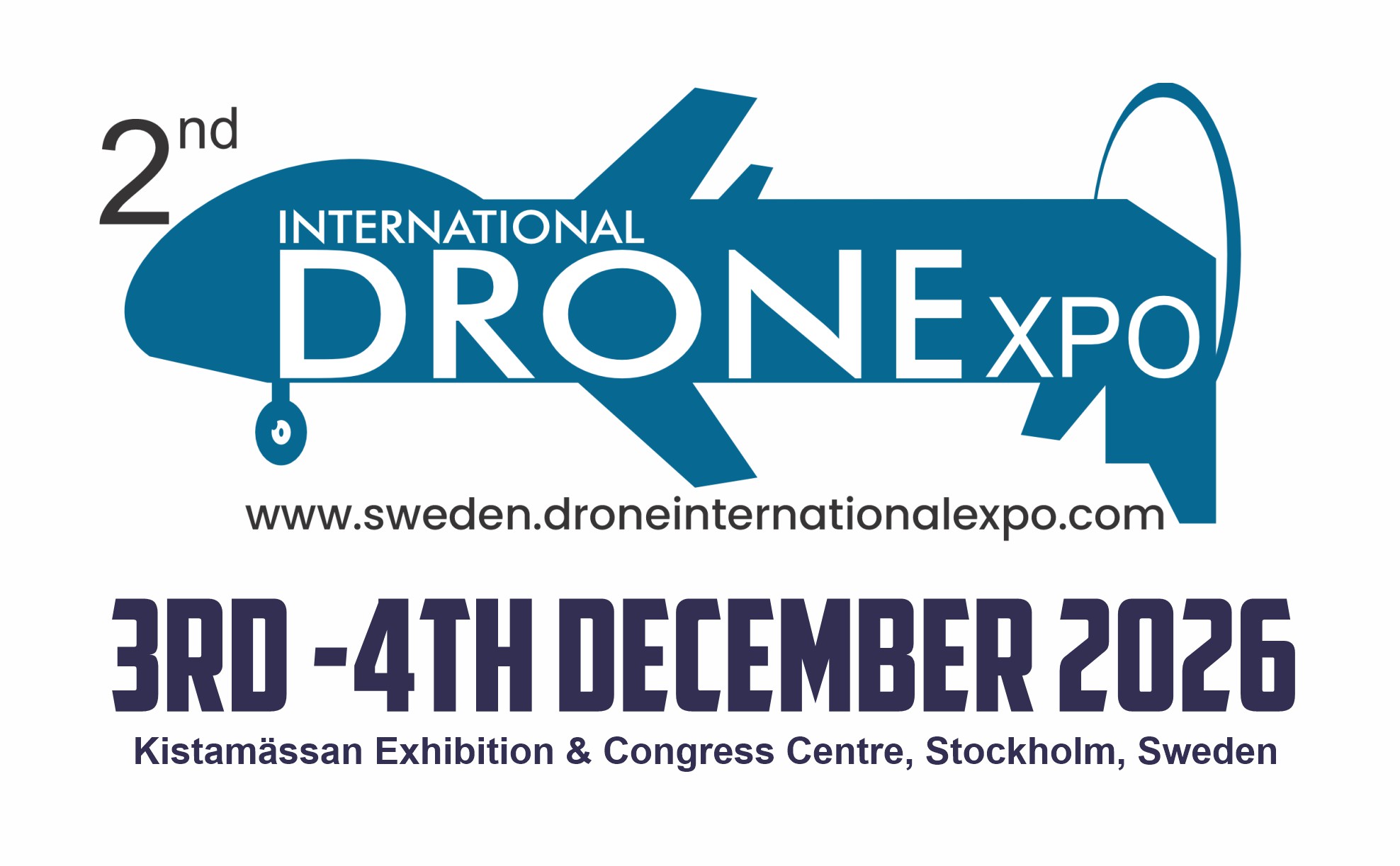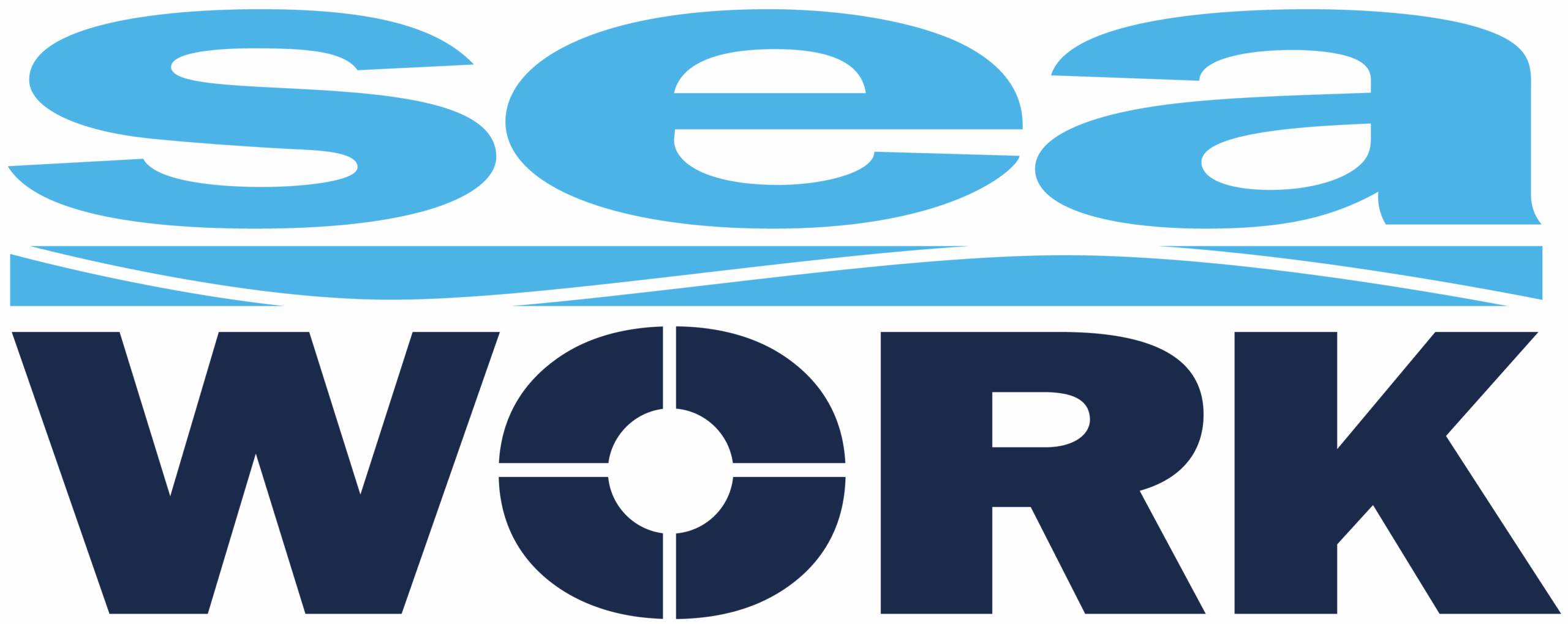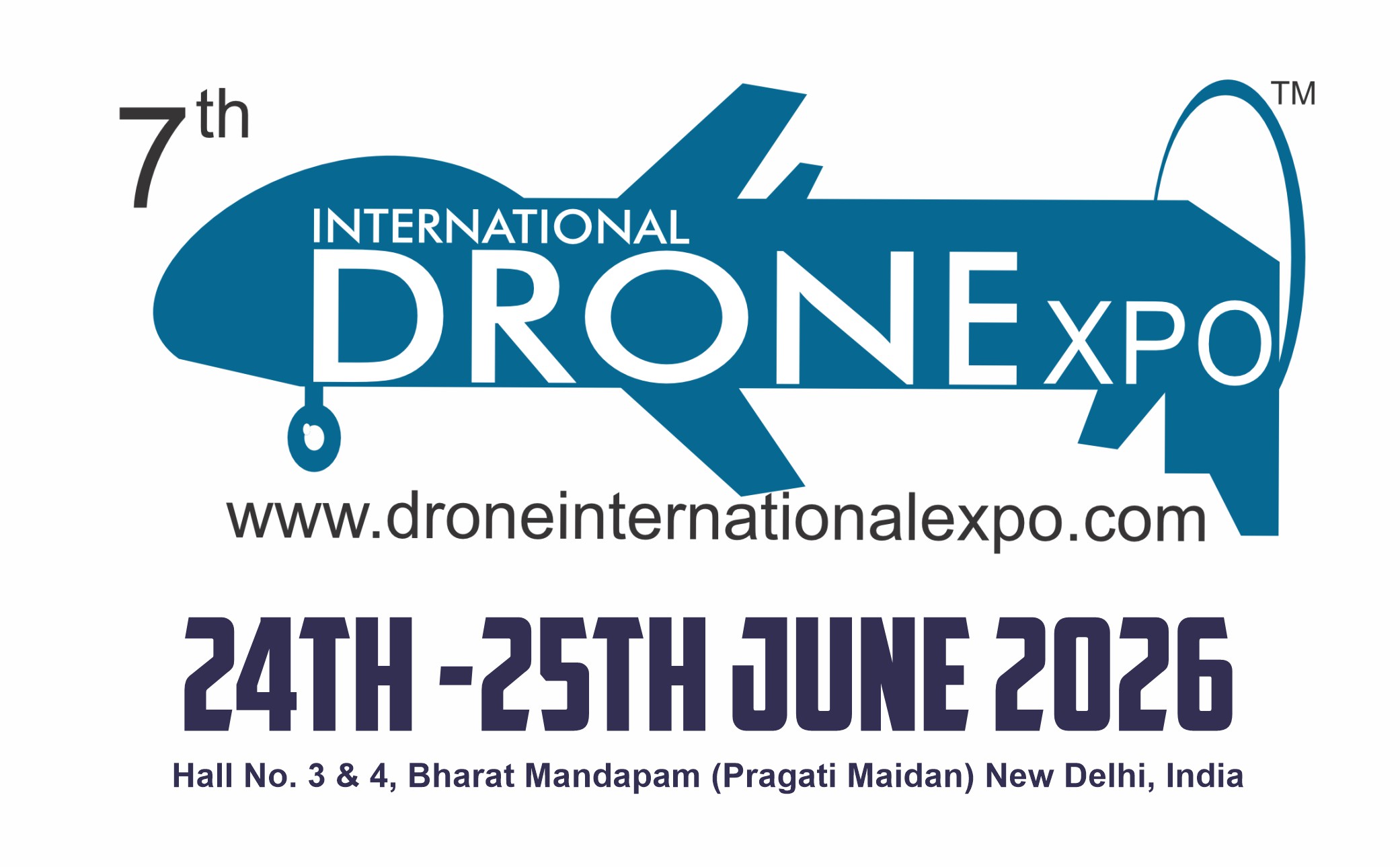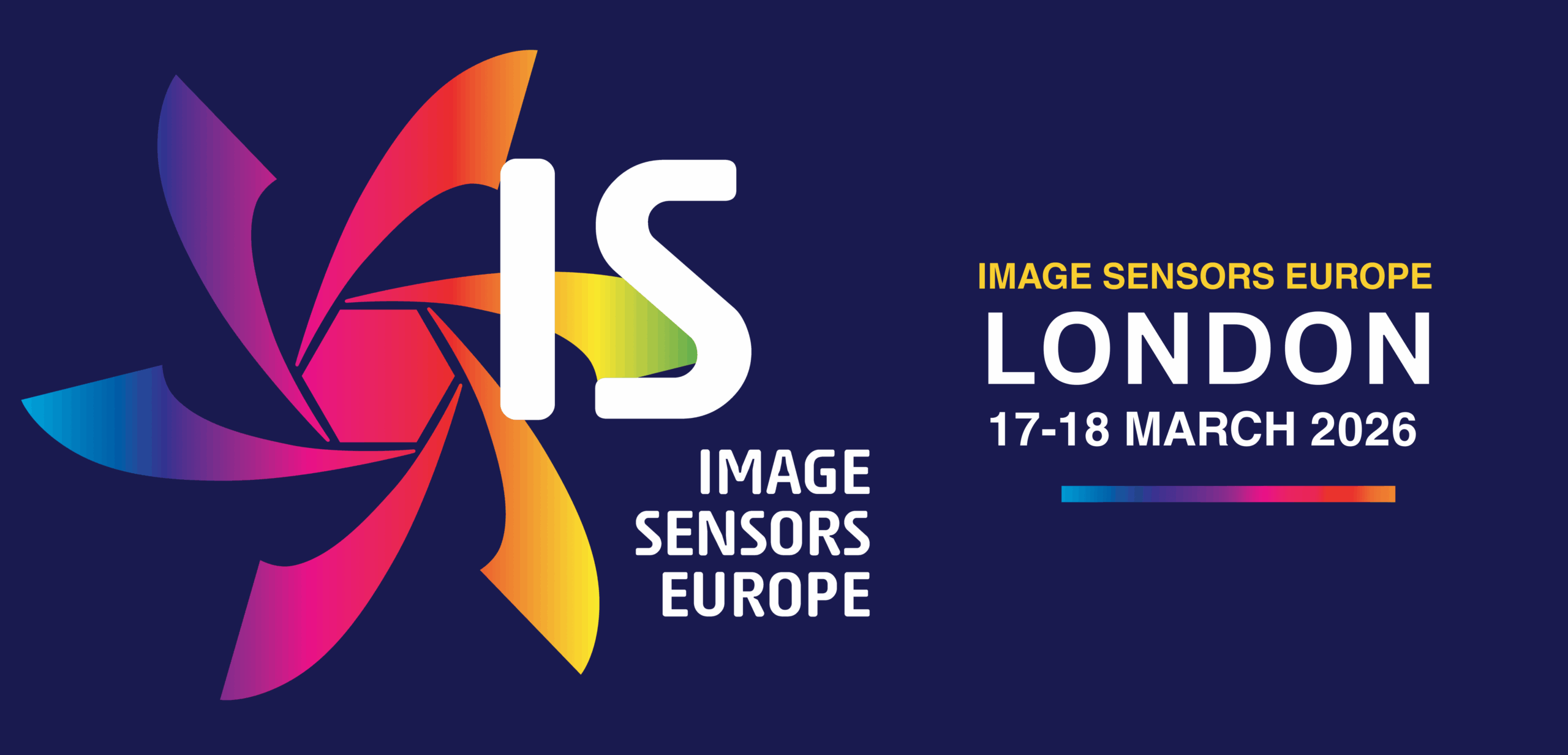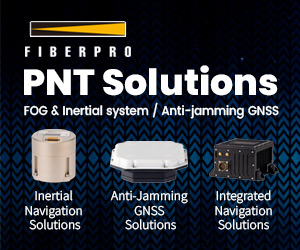US Navy demonstrates multi-day solar UAS flight
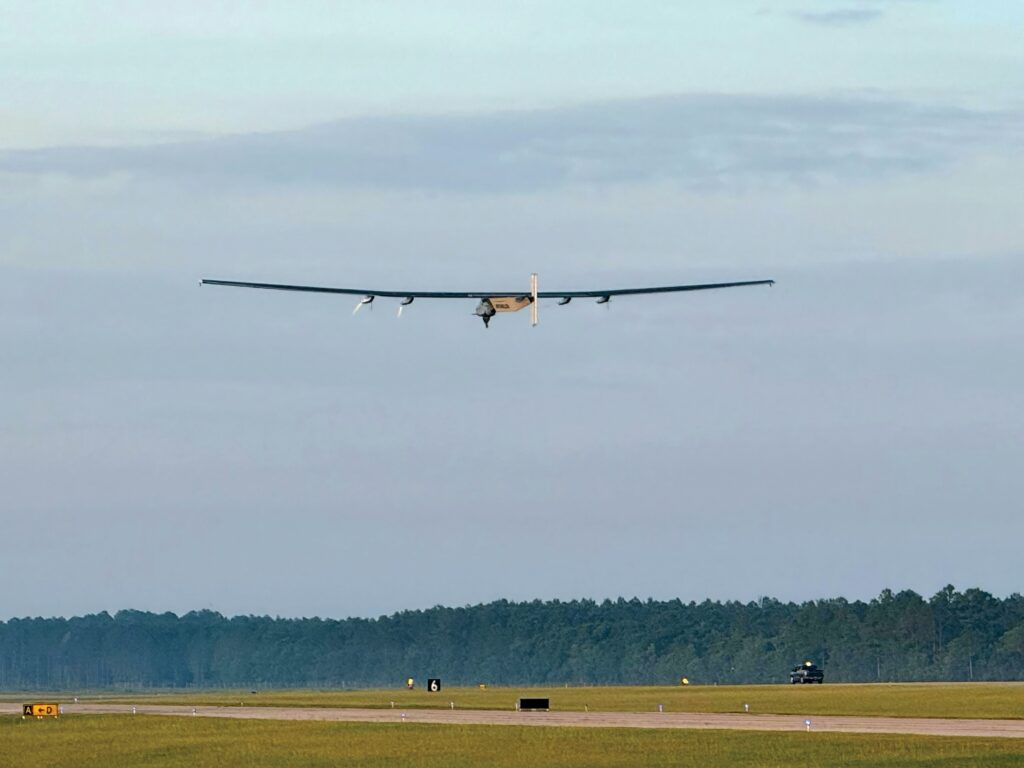
(Image courtesy Skydweller Aero)
The US navy has demonstrated its Skydweller Aero UAS, flying continuously for three days on solar power, writes Nick Flaherty.
The nonstop test over three days from Stennis, Mississippi, was led by the Naval Air Warfare Center Aircraft Division (NAWCAD) using the Skydweller UAS.
The 73 hour flight tested the system’s communication links, autonomous real-time decision-making capacity and ability to adapt to turbulent weather, which is a key challenge for these systems.
The 72 m long wings are covered with 270 m² of solar panels that deliver 2 kW of power continuously to the payload
and the 640 kg of lithium-ion batteries that allow night-time flight. It cruises at 60 kph (100 knots).
The craft has a maximum take-off weight of 2550 kg and can carry a payload of up to 400 kg, which is important for the communications system.

“Integrating Skydweller into the Navy’s ISR architecture creates a layered and resilient network that maximises the capabilities of all our assets,” said NAWCAD’s special purpose UAS lead Bill Macchione. “This collaborative approach ensures we have the right platform for the right mission, optimising our resources and enhancing our overall maritime domain awareness.”
The Skydweller UAS is intended to provide continuous, wide-area surveillance and is used to monitor drug trafficking and border security. It can fly at an altitude of 2000 to 13,500 m depending on the amount of sunlight.
UPCOMING EVENTS


